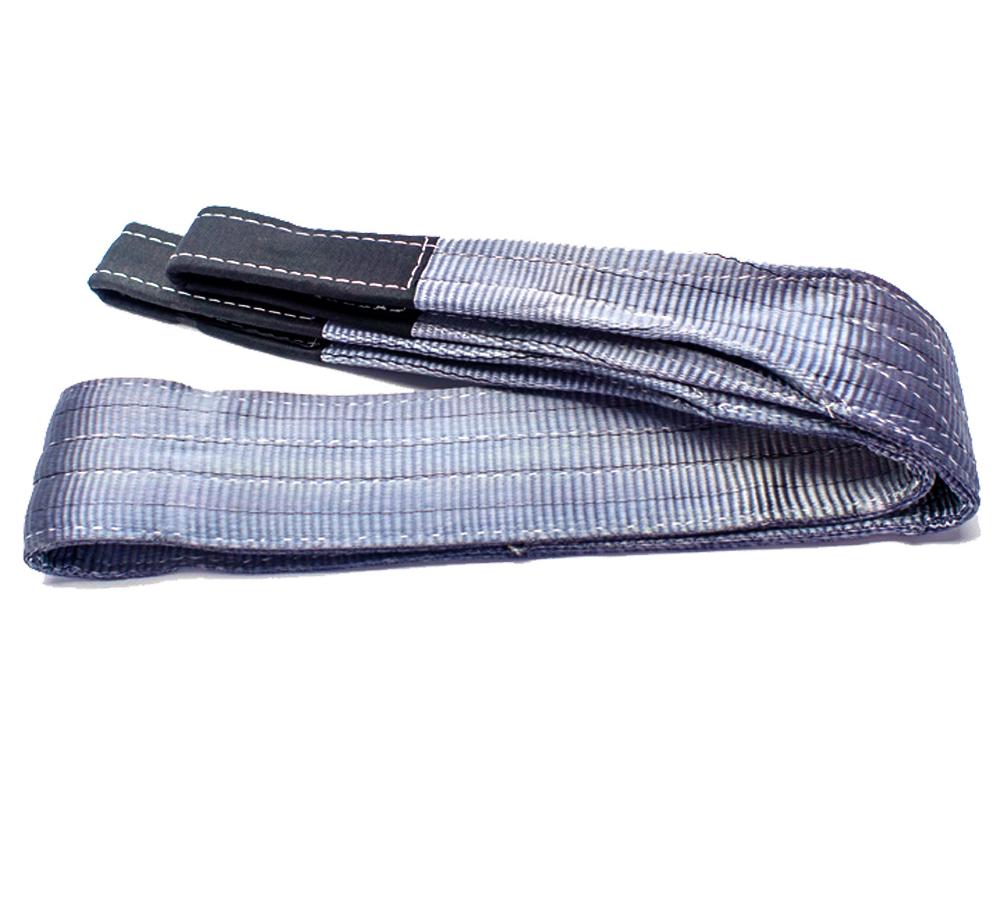- This topic is empty.
-
AuthorPosts
-
2025-07-07 at 3:33 pm #9922
In many fields such as industrial lifting, construction, logistics handling, equipment installation, etc., polyester slings are widely used in various lifting tasks because of their advantages such as lightness, softness, high strength, and no damage to the objects being lifted. However, as a load-bearing tool, the safety of polyester slings is of vital importance. Improper use or excessive wear of slings can easily lead to lifting accidents, which may cause equipment damage or casualties. Therefore, regular inspection and judgment of whether polyester slings need to be replaced are essential skills for every user.
This article will explain in detail how to judge whether polyester slings need to be replaced from multiple dimensions, including appearance inspection, performance evaluation, service life, safety regulations, etc., to help you fully understand the standards and methods for sling replacement.
1. Why must polyester slings be inspected regularly?
1.1 Frequent use leads to material fatigue
Even high-strength polyester materials will experience mechanical fatigue, fiber aging or microcrack accumulation during long-term repeated use, which will reduce the safety factor of the sling.
1.2 Complex and changeable operating environment
Polyester slings are often exposed to complex environments such as ultraviolet rays, high temperatures, chemical corrosion, and friction. These factors will accelerate its aging or damage.
1.3 The cost of safety accidents
A small damage may turn into a disaster during high-altitude lifting or heavy object handling. Ignoring the sling is ignoring safety.

2. Recommended inspection frequency of polyester slings
Daily inspection: Operators need to conduct visual inspections before each use to confirm that there is no obvious damage.
Monthly inspection: Safety management personnel should conduct routine safety inspections on all slings in service and record them.
Periodic comprehensive inspection: A systematic inspection is conducted every 6 months or 1 year, and a third-party testing agency is involved when necessary.
3. Core standards for judging whether polyester slings need to be replaced
The following are common scrap standards or replacement judgment bases in the industry. Once the sling has any of the following problems, it should be stopped from use immediately and replaced.
3.1 Obvious appearance damage
Breakage or cut
The fibers of the sling show obvious splitting, breaking, peeling, and de-threading.
Damage or "fuzzing" on both sides of the sling indicates severe wear.
Perforations or cracks
Small holes or cracks on the surface of the sling indicate that the sling structure has been damaged.
Perforations may be caused by sharp edges or improper operation, which is extremely risky when used.
Loose seams
The sling seams are unstitched or deformed, and the load-bearing capacity may have been severely reduced.
3.2 Color changes and hardening phenomena
Fading
Long-term exposure to sunlight or chemical corrosion may cause the sling to fade, indicating that the material is aging.
The fibers in severely faded areas are usually weaker.
Hard and brittle
If the polyester material feels hard or brittle, it may have been corroded by high temperature or chemicals and should be replaced immediately.
3.3 Contaminated or adhered to foreign matter
Oil, chemical liquids, and mud and sand cover the surface of the sling, and even after cleaning, they still affect the performance.
Adherence to metal particles or glass fibers may cause friction and cutting of polyester fibers.
3.4 Blurred or missing sling labels
Labels are important basis for safe use, such as load limits, production batches, model specifications, etc.
Once the label information is missing or difficult to identify, it should be replaced to avoid overload accidents caused by unknown parameters.
3.5 Abnormal reactions during use
Excessive stretching deformation, slow rebound, abnormal noise, slipping, etc. occur during the use of the sling.
This indicates that the internal fiber has aged or the structure is unbalanced and is no longer suitable for continued use.
4. Reference safety factor and industry standards
4.1 Common safety factor standards
Lifting equipment generally uses a safety factor of 5:1 or 7:1, that is, the actual load must not exceed 1/5 or 1/7 of the rated load.
The higher the safety factor, the greater the fault tolerance.
4.2 Implementation standard reference
The inspection of polyester slings should be based on the following industry or international standards:
GB/T 8521-2007: Textile fiber lifting belt
EN 1492-1/2: European sling standard
ASME B30.9: American lifting equipment safety standard
5. How long is the service life of polyester slings?
5.1 What factors affect the service life?
Frequency of use: High-frequency lifting will inevitably accelerate wear;
Working environment: Humid, acidic and alkaline places will shorten the service life;
Usage: Whether the lifting angle is correctly matched, whether it is knotted, and whether it contacts with sharp metal objects;
Maintenance: Regular cleaning and drying can effectively extend the service life.
5.2 General recommended replacement cycle
Medium and high-intensity use occasions: It is recommended to replace it every 1~2 years;
Under normal load and standard operating environment: no longer than 3~4 years;
If any of the above abnormalities occur, it should be scrapped immediately.
6. Practical suggestions to avoid accidents
Standard use
It is forbidden to use slings with knots;
Confirm that the lifting angle is appropriate before use;
Avoid direct contact with sharp metal edges, and add corner protectors when necessary.
Establish sling ledger management
Each sling is assigned a unique number, and inspection and replacement records are established.
Employee safety training
Lifting personnel must receive standardized training on the use of slings;
Improve the awareness of front-line personnel to identify "risk slings".
Although the polyester sling is small, it carries the key safety in lifting operations. Seemingly minor wear, fading or hardening may hide huge risks. Regular inspection and correct replacement timing can not only extend the service life of the equipment, but also effectively prevent safety accidents.
If you need high-quality polyester slings, please contact us. We not only provide products, but also provide professional safety solution support.
http://www.reliablesling.com
reliablesling -
AuthorPosts
- You must be logged in to reply to this topic.
